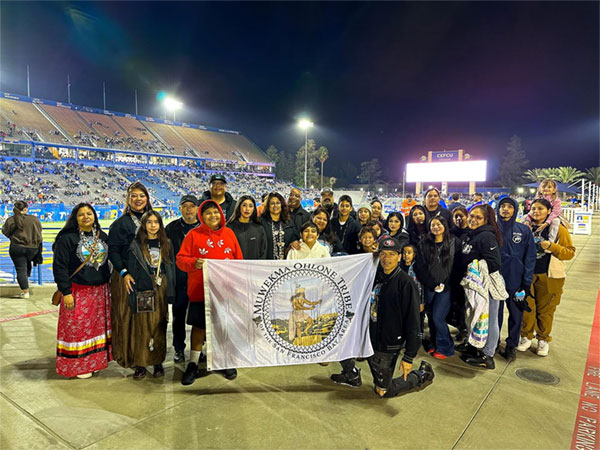Repatriation of Native American Ancestors Restoring Dignity & Cultural Heritage
Repatriation of Native American Ancestors Restoring Dignity & Cultural Heritage January 2024
As the newly formed United States continued its westward push across the continent, in the late 1700s and 1800s, the federal and state governments, along with museums and other private institutions encouraged the looting of Native American graves, funerary objects and cultural items. Much of this loot remains in the possession of these institutions, even though the U.S. Congress passed a law in 1990 that they be returned to where they belong. Sadly, this is not what has happened or is happening today.

Native American Graves Protection and Repatriation Act (NAGPRA) [Public Law 101-601]
When Congress enacted the NAGPRA in 1990, it was to ensure that all human remains, irrespective of ancestry "must at all times be treated with dignity and respect". The act also acknowledges that along with human remains, all other cultural items that were removed from tribal or federal lands belong to the descendants, Native Tribes and other lineal parties. The act also aims to encourage dialogue between the parties to promote a better understanding of the objectives of all groups to foster cooperation in preserving these hugely important relics of the past for future generations to study and appreciate.
Where the Remains Are
Ten institutions hold almost 50% of the Native remains that are yet to be returned to the Tribes. These include two well-known museums along 2 arms of the federal government – the Department of the Interior and the Tennessee Valley Authority.
Although the law is clear, its interpretation opens the door to various ways to avoid returning the remains to where they should be.
The fact that the remains and objects were simply taken at will by the various agencies with no records or acknowledgment of the removal means that finding formal records connecting remains with descendants is in many cases almost impossible. That makes it easy to find reasons to not return them. If there is a genuine desire to return the remains to where they belong, it will be possible to open channels of discussion that will allow for the remains to return to where they belong while ensuring that these irreplaceable historical relics are available for the study of future generations.
Excuses and bureaucratic doublespeak need not be an obstacle to the respectful preservation of this country’s national heritage. Giving back the remains to those who have a right to them does not mean that they will not be available for future generations of all nationalities to appreciate. All it will take is a desire on the part of those involved to protect the American identity.
An example of what is meant by the protection of identity is the efforts being made by the Muwekma Ohlone Tribe to protect their history and culture and preserve their values while ensuring that they remain a part of the greater American story. A look at the Muwekma Ohlone map will show the large area the tribe once occupied and where there are ancient remains yet to be found.
Read:
Grave Matters: The Controversy over Excavating California's Buried Indigenous Past by Tony Platt (2011 and 2021)
Mapping Erasure: The Power of Nominative Cartography in the Past and Present of the Muwekma Ohlones of the San Francisco Bay Area by Les W. Field with Alan Leventhal and Rosemary Cambra(2013) https://muwekma.org/assets/pdf/Mapping_Erasure_The_Power_of_Nominative_Cartography_June_2013.PDF